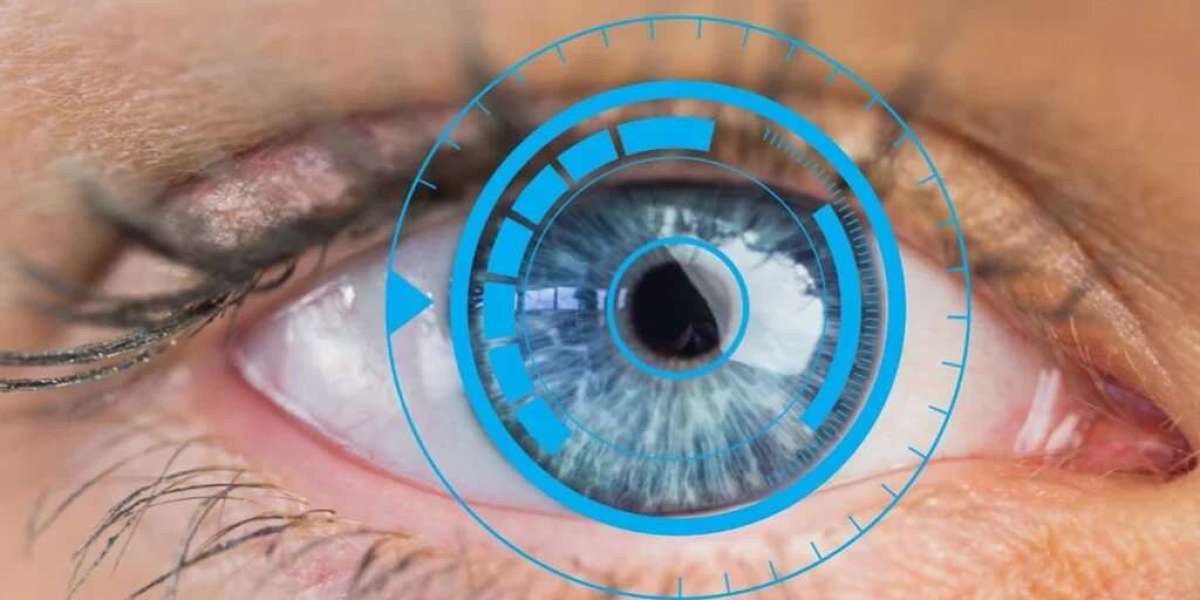Nystagmus is a condition that causes involuntary, repetitive eye movements, making it difficult to focus. It can affect people of all ages and may lead to blurred vision, dizziness, and difficulties with depth perception. While glasses, contact lenses, and therapy can help manage symptoms, in some cases, surgical treatment is the best option to improve vision and quality of life.
When is Surgery Considered for Nystagmus Treatment?
Surgical intervention is not the first line of treatment for nystagmus. It is usually recommended when other treatments fail to provide sufficient improvement. Patients who struggle with severe head tilting, extreme eye movements, or significantly impaired vision may benefit from surgery. Consulting an experienced ophthalmologist at a reputed eye care hospital is crucial to determine eligibility for surgery.
Types of Surgical Treatments for Nystagmus
Surgical procedures for nystagmus are designed to reduce eye movements, improve head positioning, and enhance visual function. The most common surgical options include:
1. Tenotomy and Reattachment Surgery
This procedure involves detaching and repositioning the extraocular muscles responsible for eye movement. By altering muscle tension, the surgery helps reduce the severity of involuntary eye movements. It is one of the most commonly performed surgical treatments for nystagmus and has shown promising results in improving vision stability.
2. Anderson-Kestenbaum Procedure
Many people with nystagmus develop a "null point," a position where eye movements are minimized. The Anderson-Kestenbaum surgery shifts the eyes toward this null point, reducing the need for abnormal head tilting. This enhances visual clarity and makes daily activities like reading and driving easier.
3. Horizontal Rectus Tenotomy
This technique involves modifying the tension of the horizontal rectus muscles to stabilize eye movement. It is particularly useful for patients with congenital nystagmus and has been shown to reduce oscillations, allowing for better focus and alignment.
4. Superior Oblique Tenotomy
For certain patients, nystagmus affects vertical eye movements more than horizontal ones. In such cases, a superior oblique tenotomy can help realign the eye muscles and provide better control over involuntary movements.
What to Expect Before and After Surgery
Pre-Surgery Evaluation: Before proceeding with surgery, the ophthalmologist will conduct a thorough examination, including visual acuity tests, eye movement analysis, and imaging. A detailed discussion about risks, benefits, and realistic outcomes is also essential.
Recovery and Post-Surgical Care: Patients may experience mild discomfort, swelling, or temporary double vision after surgery. It usually takes a few weeks to notice improvements. Post-surgery rehabilitation may include vision therapy, medications to reduce inflammation, and follow-up visits to the eye care hospital.
Choosing the Right Eye Care Hospital for Nystagmus Surgery
Selecting a hospital with specialized expertise in nystagmus treatment is critical for a successful outcome. A super specialty eye care hospital offers access to advanced technology, experienced ophthalmic surgeons, and personalized treatment plans. Look for a facility with a strong track record in handling complex eye conditions and a patient-centered approach to care.
Conclusion
For those struggling with severe nystagmus, surgical treatment can be a life-changing solution. Seeking care at a super specialty eye care hospital ensures access to expert guidance, state-of-the-art technology, and compassionate treatment. Maxi Vision Eye Hospital stands as a leader in ophthalmology, offering world-class expertise in nystagmus treatment and comprehensive eye care solutions. If you or a loved one is considering surgery, consulting a trusted eye specialist is the first step toward better vision and improved quality of life.





